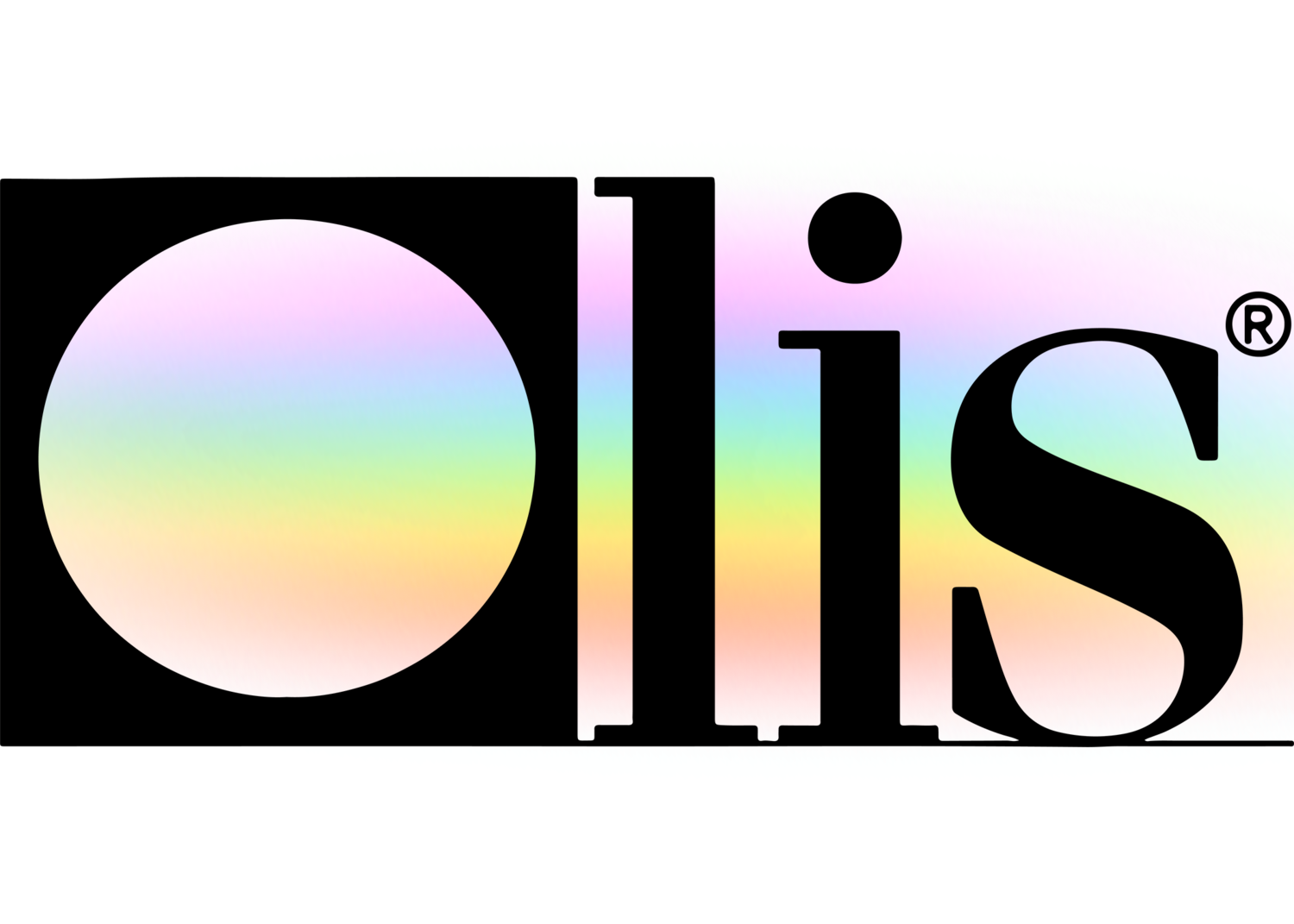The Spectrophotometers Diaries
The Spectrophotometers Diaries
Blog Article
Uv/vis/nir Things To Know Before You Get This
Table of Contents3 Simple Techniques For Uv/vis/nirCircular Dichroism for DummiesAn Unbiased View of Circular DichroismCircularly Polarized Luminescence for DummiesThe Circular Dichroism Ideas

Spectrophotometry is most typically used to ultraviolet, visible, and infrared radiation, contemporary spectrophotometers can question wide swaths of the electro-magnetic spectrum, including x-ray, ultraviolet, visible, infrared, and/or microwave wavelengths. Spectrophotometry is a tool that hinges on the quantitative analysis of particles depending on how much light is taken in by colored compounds.
The Only Guide for Uv/vis
A spectrophotometer is typically used for the measurement of transmittance or reflectance of options, transparent or opaque solids, such as sleek glass, or gases. Numerous biochemicals are colored, as in, they soak up visible light and for that reason can be measured by colorimetric procedures, even colorless biochemicals can often be transformed to colored substances suitable for chromogenic color-forming reactions to yield substances appropriate for colorimetric analysis.: 65 Nevertheless, they can likewise be created to determine the diffusivity on any of the noted light ranges that generally cover around 2002500 nm utilizing various controls and calibrations.
An example of an experiment in which spectrophotometry is used is the decision of the balance constant of a solution. A specific chain reaction within a service may occur in a forward and reverse direction, where reactants form products and products break down into reactants. At some point, this chemical response will reach a point of balance called a balance point.
The Greatest Guide To Uv/vis/nir
The amount of light that passes through the option is a sign of the concentration of particular chemicals that do not enable light to pass through. The absorption of light is due to the interaction of light with the electronic and vibrational modes of particles. Each kind of particle has a specific set of energy levels associated with the makeup of its chemical bonds and nuclei and thus will take in light of specific wavelengths, or energies, leading to unique spectral properties.
They are commonly utilized in lots of markets consisting of semiconductors, laser and optical production, printing and forensic assessment, as well as in laboratories for the study of chemical compounds. Spectrophotometry is typically utilized in measurements of enzyme activities, determinations of protein concentrations, determinations of enzymatic kinetic constants, and measurements of ligand binding reactions.: 65 Ultimately, a spectrophotometer is able to identify, depending on the control or calibration, what substances are present in a target and precisely how much through calculations of observed wavelengths.
This would come as a solution to the formerly developed spectrophotometers which were not able to take in the ultraviolet correctly.
7 Easy Facts About Uv/vis/nir Explained
It would be discovered that this did not offer satisfactory outcomes, therefore in Model B, there was a shift from a glass to a quartz prism which permitted better absorbance results - UV/Vis (https://us.enrollbusiness.com/BusinessProfile/6552779/Olis%20Clarity). From there, Design C was born with a modification to the wavelength resolution which ended up having 3 units of it produced
It irradiates the sample with polychromatic light which the sample soaks up depending upon its properties. It is sent back by grating the photodiode variety which discovers the wavelength area of the spectrum. Ever since, the development and execution of spectrophotometry devices has increased immensely and has actually become one of the most innovative instruments of our time.

Fascination About Circular Dichroism
The grating can either be movable or fixed.
In such systems, the grating is repaired and the strength of each wavelength of light is measured by a different detector in the variety. When making transmission measurements, the spectrophotometer quantitatively compares the portion of light that passes through a referral option and a test solution, then digitally compares the strengths of the two signals and calculates the portion of transmission of the sample compared to the reference standard.

Report this page